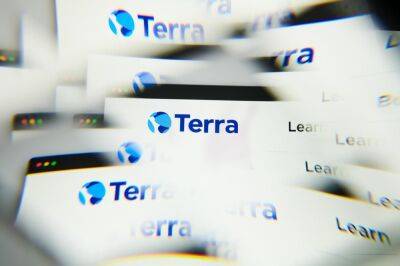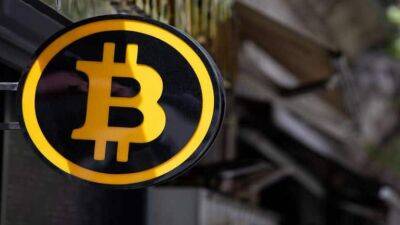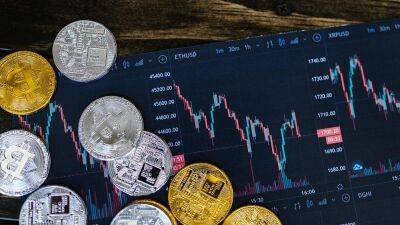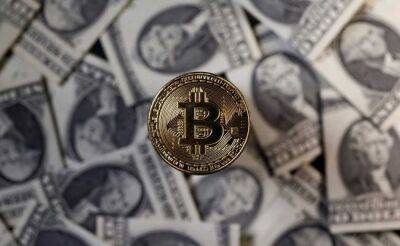Terra Luna stablecoin collapse: Is this the 2008 financial crash moment of cryptocurrency?
So-called stablecoins are sending shockwaves through the cryptocurrency markets, wiping billions off their value and causing liquid cryptos such as Bitcoin to crash.
The two main stablecoins from the crypto project Terra have gone into free fall with some calling the incident a Ponzi scheme akin to collapse of Lehman Brothers which precipitated the 2008 financial crisis.
Stablecoins claim to be a relatively safe haven in the highly volatile crypto market. They are meant to be tied to a fiat currency and usually maintain a 1-to-1 peg with the US dollar. But recent events have proven that they are just as volatile as other cryptocurrencies.
The stablecoin TerraUSD, or UST, crashed almost completely at one point this week and lost its $1 peg (€0.96) to the dollar, tanking to a low as $0.26 (€0.25).
Terra was ranked among the 10 most valuable cryptocurrencies and peaked at almost $120 (€115.28) last month.
Meanwhile, TerraUSD’s sister token Luna fell by more than 97 per cent on Wednesday, dropping below $0.22 (€0.21).
UST, created by Terraform Labs, is an algorithmic stablecoin, which means that instead of having cash and other assets held in a reserve to back its token, it uses a complex mix of code and Luna to stabilise the process.
“The idea of an algorithmic stablecoin is instead of having a backing reserve you have a sort of messy, a lower quality banking reserve. It's a way to claim that you're building a stable thing out of unstable things,” said David Gerard, the author of the book Attack of the 50 Foot Blockchain.
“Luna was supposedly a governance token, which is a way to pretend that made up Ponzi money is not made up Ponzi money,” he told Euronews Next.
Things were made even more complicated after Terra’s creator Do Kwon
Read more on euronews.com



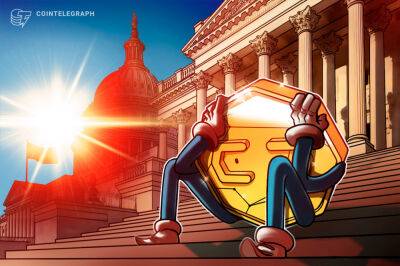
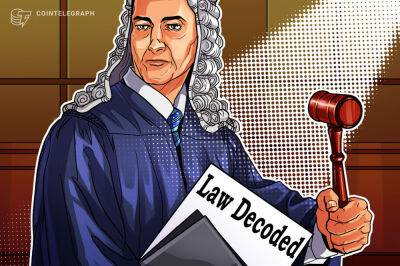
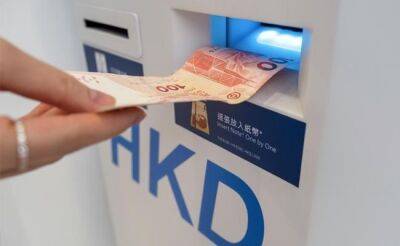


![Bitcoin [BTC]: Here are a few signals that point to a strong possibility of a recovery](https://finance-news.co/storage/thumbs_400/img/2022/5/17/25903_j2r8k.jpg)


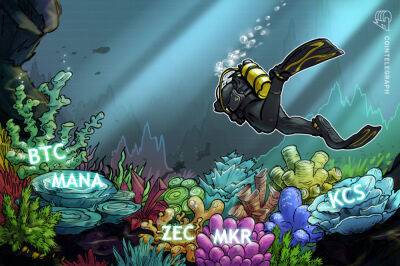


![Cosmos [ATOM] sees highest daily rally amongst top 30 cryptos, but can it last](https://finance-news.co/storage/thumbs_400/img/2022/5/16/25843_9l3m.jpg)



